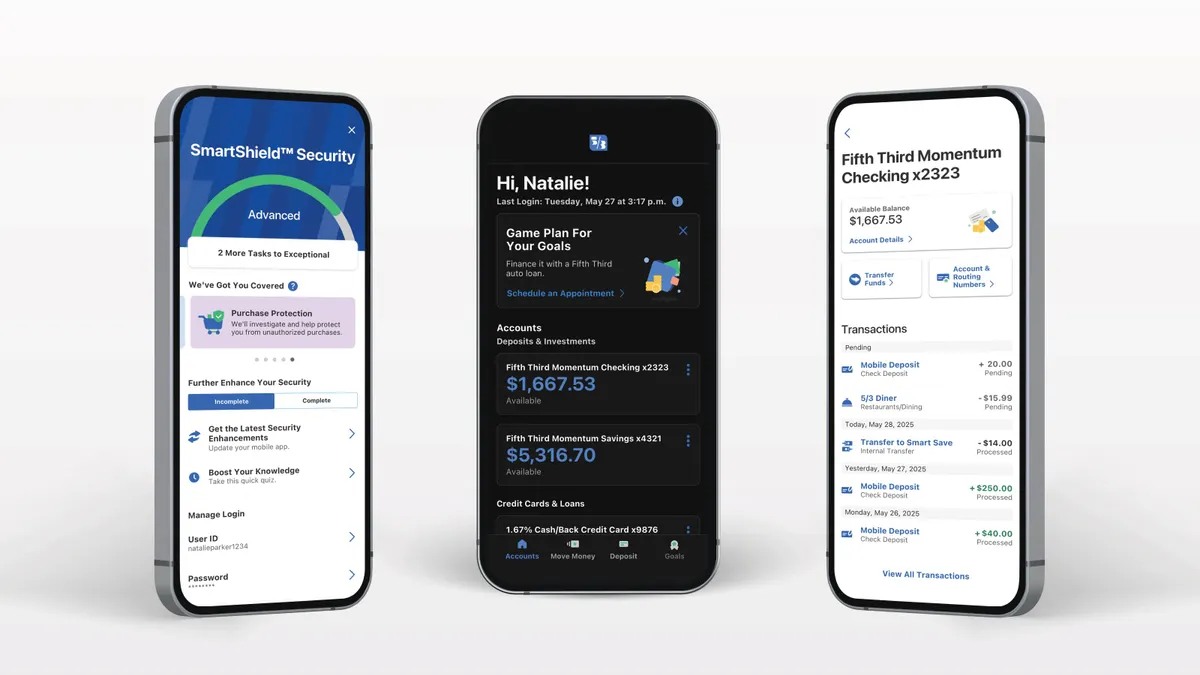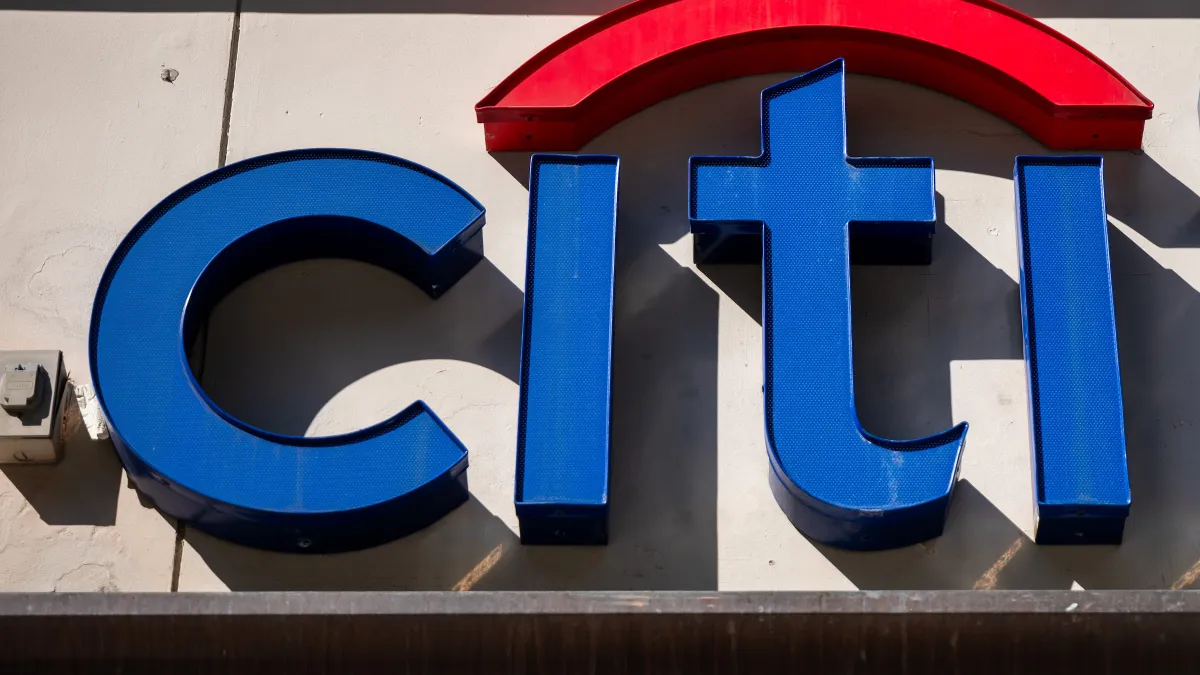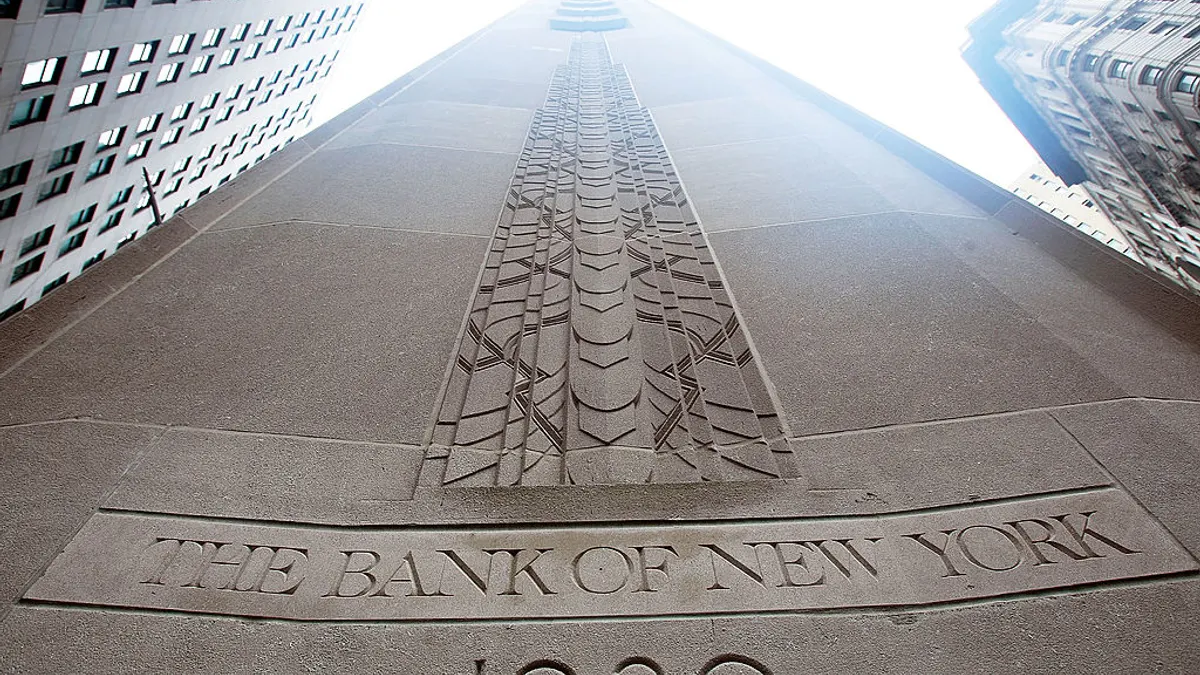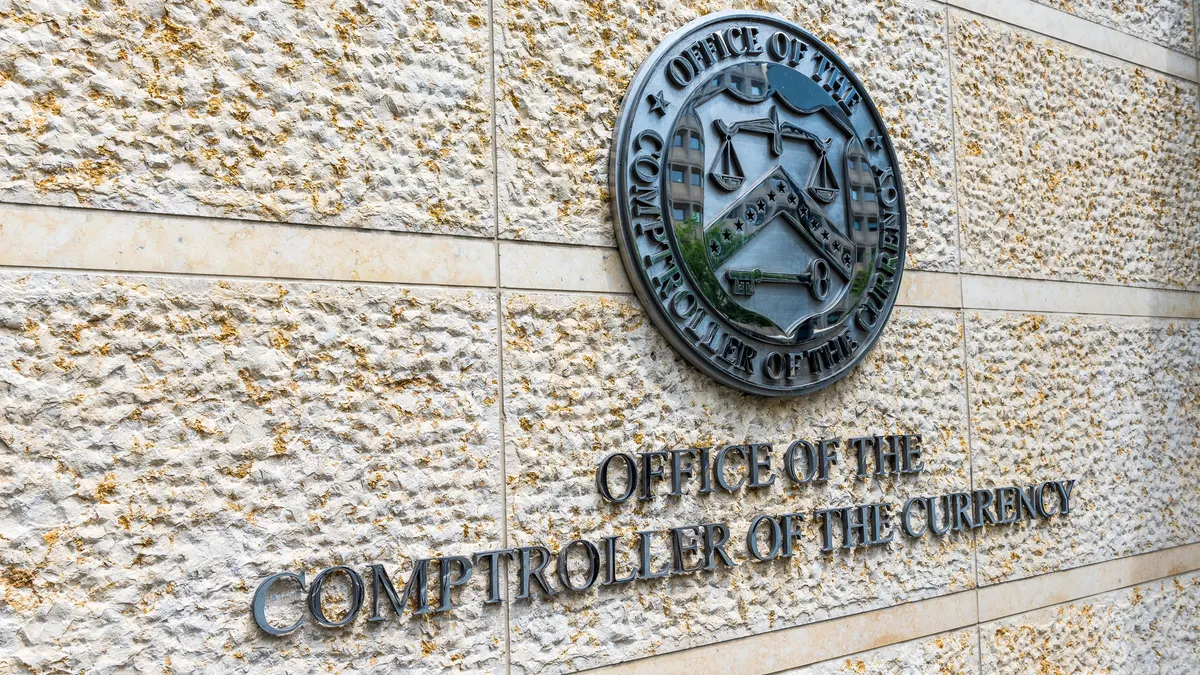Some of the country’s biggest banks are stepping up their efforts to serve midsize businesses by building out their presence in major markets and pitching themselves as a comprehensive provider to serve those clients.
Canadian lender TD hired Jill Gateman last year from super-regional bank PNC. The new head of middle-market products and services within TD’s commercial bank has been focused on broadening and deepening the bank’s presence in that segment, in part by expanding in markets such as Atlanta and Charlotte.
Toronto-based TD defines middle-market clients as those generating between $100 million and $1 billion in annual revenue, Gateman said.
Atlanta and Charlotte were two natural areas for TD’s heightened middle-market focus because the lender already had established business in those southeast hubs, Gateman said. TD hired a middle-market banker in Charlotte this past spring, who has expertise in the heavy equipment sector.
That sector, referring to Caterpillar and John Deere dealers, is among the industries in the middle market in which TD seeks “to have a deeper play,” Gateman said during a recent interview.
Expansion opportunities
In Atlanta and Charlotte, a robust team will include three bankers, support staff and product partners, Gateman said. She declined to provide more details on the bank’s hiring plans, but said TD is “acquiring strong talent consistently, and will continue to do so throughout the next year.”
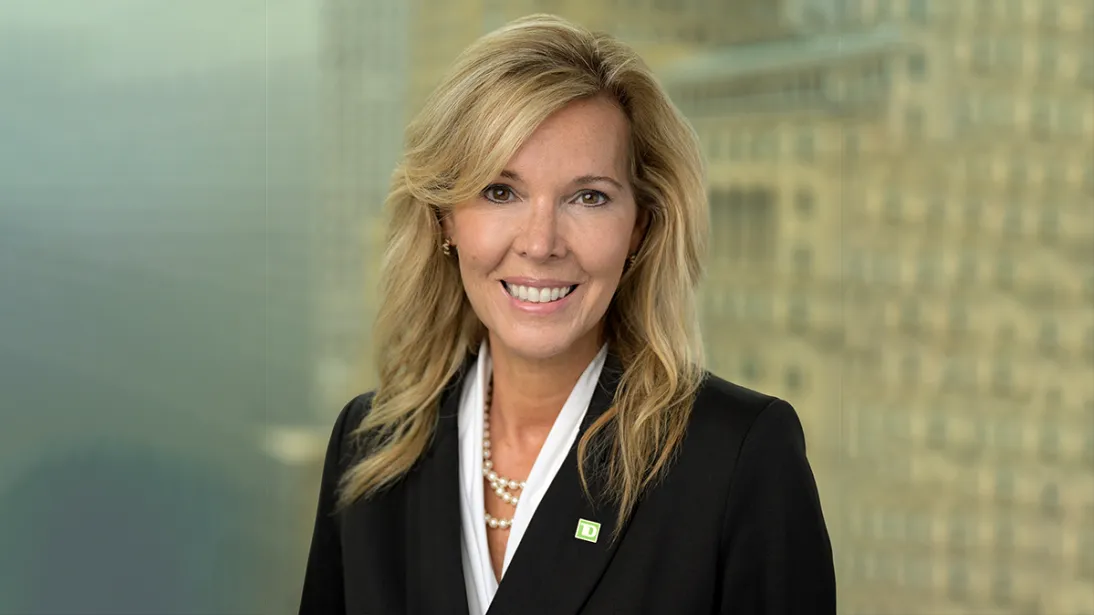
“I would not want to get ourselves in a position where we hire so many people in a particular region that they’re all chasing one another for the prospect list,” she said.
Chris Giamo, TD’s head of commercial banking, last year named Chicago as an area the lender expected it could take market share without having to build more branches. But Gateman said there’s less focus on Chicago for now.
“We want to absorb what we’ve done,” she said of recent market expansions. TD will weigh growing its presence in other markets, Gateman said, declining to name specific ones.
“The obvious place to look is the top [metro areas] where we’re not,” Gateman said. “They’re all up for consideration.”
Last year, TD said it planned to focus on the southeast in outlining a goal to open 150 U.S. branches by 2027. But an anti-money laundering probe now hanging over the company has analysts worried about the potential for “stagnation” of the bank’s U.S. franchise. Gateman declined to comment on the probe’s potential impact on the segment of the business she oversees.
She noted, though, that the bank aims to expand coverage even where it doesn’t have branches, through digital presence or marketing. TD’s national bankers can cover opportunities in Chicago, she said, and bankers are accustomed to covering locations “even from an hour's drive away.”
“One of the few positives that came out of [the COVID-19 pandemic] is people are far more accustomed to [being] covered – from a financial partner perspective – from a little bit of a distance,” she said. That approach proved successful in Atlanta and Charlotte, “and that's what spawned our growth opportunities there,” she said.
Notably, Charlotte-based Truist is another lender seeking to beef up its middle-market segment. The bank has hired from larger banks to add to its wholesale team, and plans to continue adding talent in that area to capitalize on the growth opportunity the bank sees among serving midsize businesses, CEO Bill Rogers said last month.
Citizens pursues California
Citizens, too, is sharpening its focus on middle-market clients. The Providence, Rhode Island-based bank in June brought on Michael Walker as its middle-market executive in California, to grow the lender’s presence in that state.
That followed the bank’s May announcement that it had hired Jim Weiss as Florida market president to expand there, too.
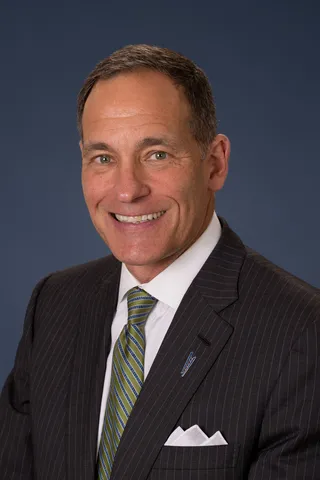
Middle-market banking is “not one size fits all,” said Walker, who had previously been at City National Bank and U.S. Bank.
Citizens generally classifies middle-market companies as those with annual revenue between $50 million and $500 million, Walker said during a recent interview.
Those commercial clients “tend to grow very, very quickly, and you have to meet them where they are,” Walker said. “They want to know who they need to call to help them solve a problem. They don’t want to get caught up in a 1-800-helpline, if you will. A level of personal service is very, very important to the middle market.”
Beyond the roster of banking products and services Citizens offers clients, middle-market businesses are also looking for ways to fuel growth or achieve efficiency, so it’s crucial those bankers can share smart ideas on how to do that, Walker said.
In California, the world’s fifth-largest economy, Citizens has some 300,000 customers overall and about 270 employees across its various business divisions.
“There's a lot here to work with, and my role is to leverage the resources that are here, as well as add to those resources with middle-market bankers that we will be bringing onboard,” Walker said.
The bank declined to provide a number of expected hires, but Walker said he’ll be hiring bankers in northern and southern California. Citizens aims for quick growth as those bankers strive to bring their clients with them.
The lender also aims to lean on its size to more nimbly meet client needs. Walker pointed to Citizens’ private bank and securities units, which can be the source of referrals for the middle-market segment. While bigger banks may have these capabilities, too, they’re more segmented in how they deliver those services than Citizens, Walker asserted.
TD has also sought to enhance its value proposition in the U.S. for midsize business clients by offering investment banking services via its securities arm, bolstered by its acquisition of Cowen.
TD seeks to initiate conversations with its clients about recapitalization opportunities – to be more proactive than reactive, Gateman said, adding that, by comparison, big-bank rivals “are in those transactions in the hopes of capturing true capital market, [initial public offering] economics, and they’re almost waiting to engage with the client until those economics become appealing enough for them.”





